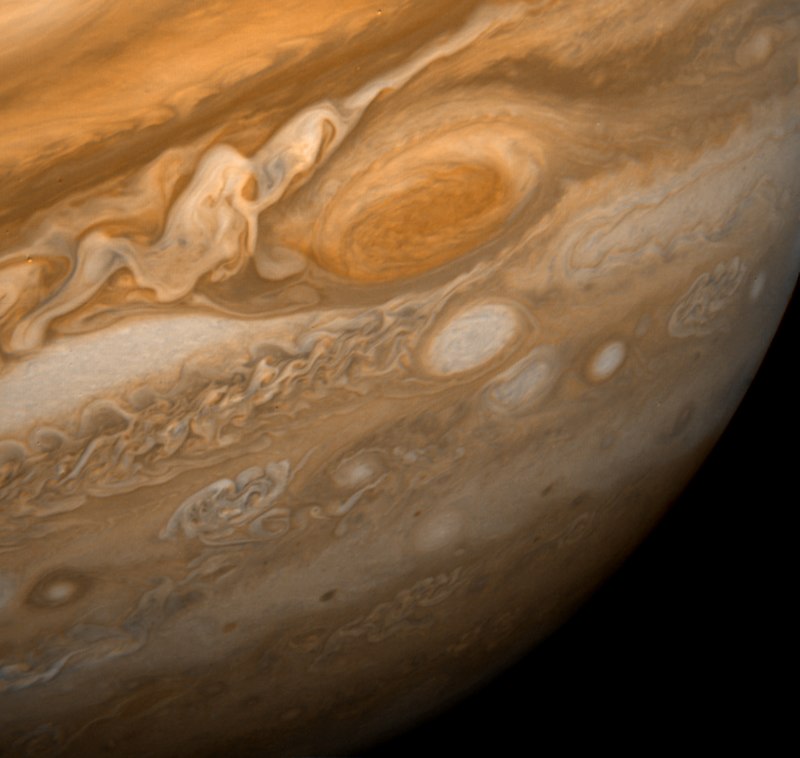Exploring Cygnus Clusters: A Glimpse into Star Formation

On June 23, 2025, astronomy enthusiasts will be captivated by the Cygnus constellation, prominently featuring its brightest star, Deneb. This stellar formation, often referred to as the Swan, holds several intriguing star clusters that showcase the dynamic processes of star formation and evolution.
Cygnus, located in the northern sky, is easily identifiable during summer nights, with Deneb marking the tail of the swan while the body parallels the horizon. The clusters within Cygnus are noteworthy for their youthfulness, comprising stars that are no more than 10 million years old. Many of these stars are characterized by their significant mass, brightness, and heat, making them essential subjects for studying stellar development.
According to Dr. Emily Carter, an astrophysicist at the Massachusetts Institute of Technology (MIT), “The clusters in Cygnus are not merely isolated groups but part of larger stellar nurseries. These areas are fundamental in understanding how stars are born and evolve.” Dr. Carter's insights align with findings published in the Astrophysical Journal in 2024, which highlighted the connection between star clusters and the interstellar medium from which they form.
The clusters in Cygnus stretch from the star Sadr towards the southern part of the constellation, often described in astronomical literature as 'sparkly decorations for the swan'. Their formation is a result of complex interactions within our galaxy. A wave of energy, likely from nearby supernovae, has compressed vast clouds of gas and dust, triggering the collapse of material into stars. This phenomenon has been documented in a 2023 report by the National Aeronautics and Space Administration (NASA), which illustrates the role of such waves in star formation.
Notably, these clusters are ephemeral on a cosmic timescale. As detailed in a 2022 study by the European Space Agency, the gravitational influences of surrounding stars and clouds will eventually disperse these clusters, causing them to dissolve into the galaxy. The life cycle of these clusters often culminates in dramatic supernova explosions, which can further stimulate star formation by compressing surrounding gas and dust.
Viewing the Cygnus clusters can be a rewarding experience for amateur astronomers, particularly with the aid of binoculars. Observational reports from the McDonald Observatory suggest that one of the most accessible clusters is located just adjacent to Sadr, offering a perfect target for stargazers.
In conclusion, the Cygnus clusters serve not only as dazzling displays in our night sky but also as crucial laboratories for studying the processes that govern star formation and the evolution of the universe. As researchers continue to explore these celestial wonders, the insights gleaned will undoubtedly enrich our understanding of the cosmos and our place within it. The future of astronomical research promises exciting discoveries, as tools and techniques continue to improve, allowing deeper exploration into the mysteries of star formation and galactic dynamics.
Advertisement
Tags
Advertisement





